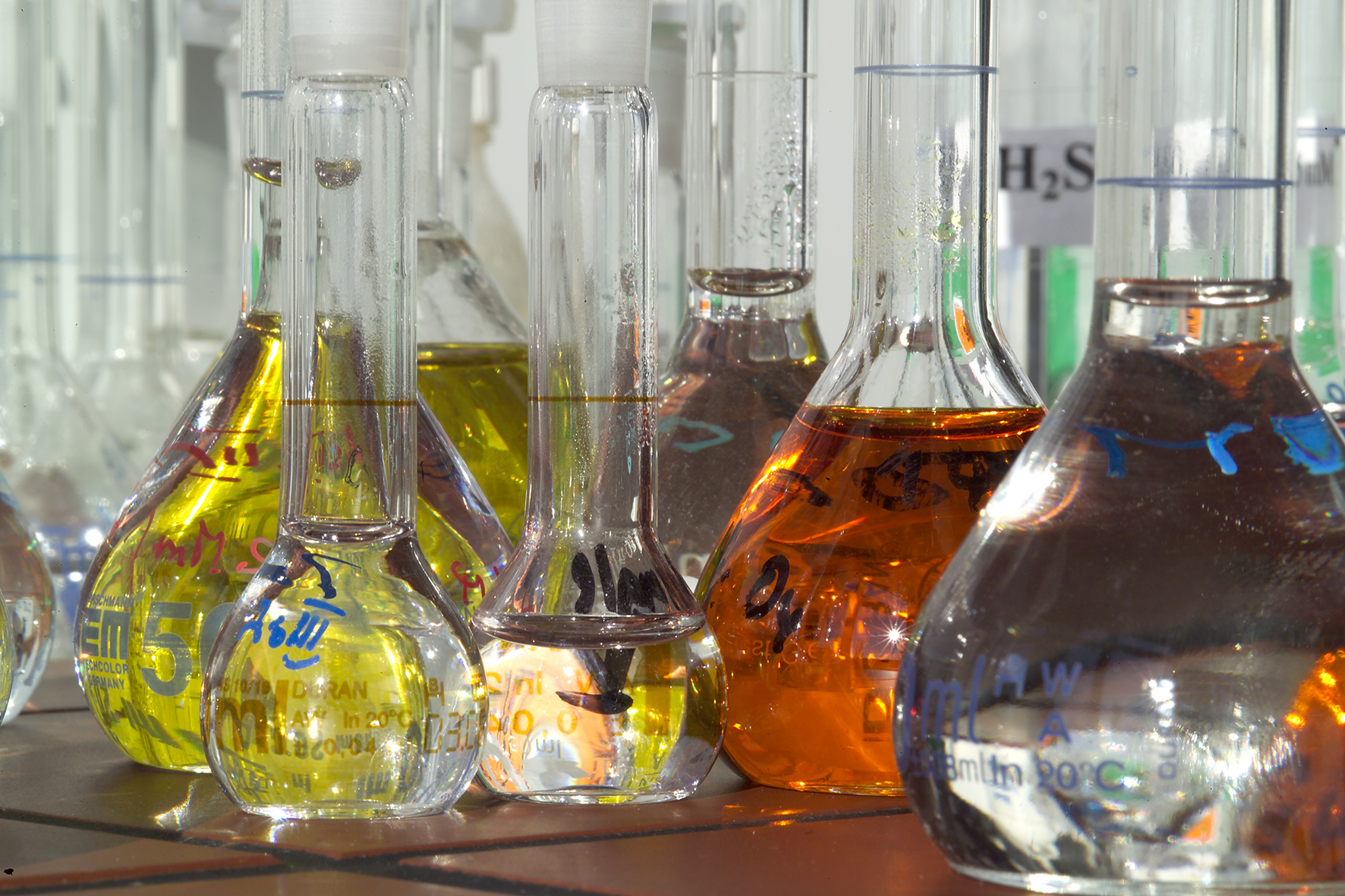In the delicate dance of maintaining a safe and hazard-free environment, the choreography often involves ensuring that chemicals and food areas never cross paths. Just like fickle partners on a crowded dance floor, these two entities demand their own space for optimal performance. But how do we delicately store chemicals away from food areas without stepping on any toes? Join us on a whimsical waltz through the world of proper chemical storage, as we twirl our way through practical tips and helpful guidance. So, dust off your apron and grab your goggles, because in this article, we’re about to unravel the secrets to harmoniously keeping chemicals and food areas at arm’s length.

Ensuring Proper Segregation: Storing Chemicals in Dedicated Areas

Ensuring proper segregation and storage of chemicals is crucial for maintaining safety in any workplace. By storing chemicals in dedicated areas, you can minimize the risk of accidents and potential chemical reactions.
Here are some key steps to consider when storing chemicals:
- Designate specific storage areas for different types of chemicals, considering their properties and compatibility.
- Clearly label all containers with the name of the chemical, hazard symbols, and handling instructions.
- Use secure storage cabinets or shelves to prevent unauthorized access.
- Ensure proper ventilation in the storage area to prevent the buildup of harmful vapors.
- Regularly inspect the storage areas for any signs of deterioration or leakage.
By implementing these measures, you can create a safer environment for everyone and reduce the potential risks associated with improper chemical storage.
Implementing Effective Storage Practices: Guidelines for Safe Chemical Storage
- Store chemicals in a well-ventilated area to prevent the build-up of toxic fumes.
- Ensure that chemicals are stored at the appropriate temperature to maintain their stability.
- Label all containers clearly with the name of the chemical, its hazards, and the date it was received.
- Keep incompatible chemicals separate to prevent accidental reactions.
- Use proper storage containers that are resistant to corrosion or leakage.
- Have a spill response plan in place and provide appropriate spill containment materials.
- Regularly inspect storage areas to identify any potential hazards or damage.
- Train employees on safe chemical handling and storage procedures.
- Dispose of expired or unwanted chemicals responsibly and according to local regulations.
Final Thoughts
In conclusion, when it comes to storing chemicals away from food areas, it is crucial to prioritize safety and prevent any potential hazards. By following these simple guidelines, you can ensure a safe and secure environment for both your food preparation and your chemicals:
1. Identify and label: Clearly mark all containers and shelves containing chemicals, ensuring they are distinctly separate from food-related items.
2. Segregate storage spaces: Designate specific areas solely for chemical storage, ensuring they are physically separated from food preparation and storage areas.
3. Proper containers: Store chemicals in approved containers that are clearly labeled with their contents, handling instructions, and any potential hazards.
4. Ventilation: Ensure adequate ventilation in the chemical storage area to minimize the risk of fumes or odors contaminating food spaces.
5. Proper disposal: Establish a designated system for disposing of chemical waste safely and promptly.
Remember, safety should always be the top priority, and adhering to these guidelines will minimize the risk of contamination and potential harm to yourself and others.
So, whether you are a food entrepreneur, home cook, or simply looking to maintain a safe environment, investing time and effort into proper chemical storage practices is essential. By taking these proactive measures, you can ensure the safety and well-being of all those utilizing the food areas.
